The Economic & Geopolitical History of São Tomé and Príncipe
The microstate where Albert Einstein tested his theory of Relativity
Last time we discussed Seychelles, and now some of you think that its super easy for small island nations to be wealthy. However, not all African island states share Seychelles' prosperity. Today, we'll discuss São Tomé & Príncipe.
São Tomé and Príncipe are two archipelagos that make up this island country in Central West Africa off the Gulf of Guinea. It is the second smallest African country after Seychelles, with double Seychelles’ population of 232K. . Portuguese is the official language due to its colonization history. São Tomé is the capital.
The São Tomé population is 70% are black African, 29% are mixed race. and 1% are Chinese/European. It’s mainly Catholic country.
São Tomé & Principe means “Saint Thomas and Prince”. Saint Thomas was an apostle of Jesus, and Príncipe means “Prince” which is named after the Prince of Portugal who received export taxes from sugar crops.
São Tomé & Principe vs. Seychelles
São Tomé & Principe is a small economy, with a GDP of $540 million in 2022, which is less than the value of some skyscrapers. Despite having double the population of Seychelles, Sao Tome & Principe’s economy is roughly one-third the size. The average Santomean makes $2400 a year, which is considered “lower-middle income”. The average Seychellean makes $12K a year, which is “upper-middle income”. They both received independence in the mid 1970s. Below you will see Sao Tome’s incomes every year adjusted for inflation:

Sao Tome in inflation adjusted wages has lower living standards than independence due to skilled European worker flight, commodity price busts, and chronic trade imbalances putting downward pressure its currency —the dobra. This has eroded real living standards for Sao Tome.
Sao Tome doesn’t really export much. In 2021, it didn’t even export $100M of goods, meanwhile Santomeans import more than double of what they export - rice, oil, medicine, and etc. For a while until 2016, Sao Tome' & Principe’s biggest source of foreign currency was foreign aid from Taiwan which gave $30M (Taiwan’s foreign aid was more than Sao Tome made in tourism & airline fees in 2021). Why did Taiwan give that much aid? Because Sao Tome & Principe acknowledged the nationalists as the true rulers of China for a bit.
São Tomé, like Seychelles, relies heavily on tourism for revenue. However, it attracts far fewer tourists compared to Seychelles, which is disappointing since Sao Tome & Principe is as safe as France. In 2019, before COVID ransacked global tourism, São Tomé earned $45M from tourism with 35K tourists, whereas Seychelles generated $860M with over 400K tourists. This vast difference shows that Seychelles is much more popular among travelers. In terms of tourism revenues per capita, Seychelles earns nearly $9,000 per person ($860M/98K), while São Tomé earns roughly $210 per person ($45M/215K). São Tomé could explore options such as becoming a "flag of convenience" for yacht companies to boost its tourism industry like Seychelles.
São Tomé & Principe needs to significantly expand its tourism industry to generate revenues comparable to Seychelles to fund social programs. While Seychelles’ human development index (“HDI” -a composite score of education, health, and income) is 78.5% (Similar to Bulgaria), Sao Tome’s HDI is 61.8% (akin to Honduras and better than many African countries including Kenya and Rwanda).
São Tomé heavily relies on borrowing, grants and aid. In 2021, 90% of Sao Tome’s public investment budget comes from foreign donors — China, Japan, the EU, the African Development Bank, and the Arab Bank for Economic Development. 70% of its external debt come from Angola, Portugal, and the International Monetary Fund. It has requested five IMF loans to avoid bankruptcy, with a 6th one was requested in 2023. Part of IMF reforms suggest privatize or partial sell off unprofitable state owned firms, prompting the government to sell equity stakes of its assets to Angolan firms, Brazilian firms, Portuguese firms, and the African Union’s African Investment Bank.
Meanwhile Seychelles, has only requested three IMF loans. São Tomé faces funding challenges due to insufficient tax revenue due to having a large informal sector.
Sao Tome has 11B untapped, barrels of oil deep under water that hasn’t been tapped yet, so borrows money to import oil from Angola. Sao Tome is also borrowing money hoping to strike oil like Equatorial Guinea did in the 1990s.
While São Tomé's agricultural productivity exceeds the African average, it still falls below the UN's "Low Income Food Deficit Country" average. Sao Tome initially passed the threshold in the 1980s, but due to mismanagement and a failure to invest in irrigation projects to reduce rain dependency & import/produce enough fertilizer, agricultural productivity fell below the threshold in the late 2000s. Subsequent droughts in 2010 stagnated agricultural productivity.
Due to food production issues, constant imports of food and fuel, and insufficient tourism revenue, Sao Tome has run a current account deficit every year since 1980 (spends more foreign exchange than takes in). This puts downward pressure on the Sao Tomean currency, raises the cost of food, and disincentives foreign investment. If the dobra keeps depreciating to the dollar, then any investor with dollars would be losing money deploying capital to the country.
Sao Tome didn’t receive one million dollars of net inflows of foreign direct investment until 1998. In contrast, Seychelles was receiving millions of net foreign direct investment before it even became a sovereign country.
In 2009, to stabilize its currency, Sao Tome signed a deal with Portugal to anchor its currency - the dobra to the euro, akin to the arrangement Francophone Africa anchoring the its CFA franc currency to the euro. This worked in reducing inflation from double digits to an all time low of 5.2% by 2015. However, post covid, inflation is double digits again.
Portuguese Colonialism (1470-1975)
Unlike most African colonies which were colonized for roughly 70-80 years since the 1880s, Sao Tome has been a colony for half a millennia.
Portugal copies the Spanish
In 1470, Portuguese explorers - João de Santarém and Pedro Escobar found these islands, presumably uninhabited.
Portugal adopted Spain’s model of a slave plantation colony, initially employed in the Canary Islands off North Africa after slaughtering the natives starting in 1402.
14 years later, the Portuguese used Sao Tome as a prison colony for people expelled from Portugal for being a criminal, undesirable, or a Sephardic Jew.
Sao Tome’s volcanic soil made it ideal for cultivating cash crops like sugar. Portugal’s intended to use 2000 Sephardic Jewish children as slave labor to work the land. Unfortunately, the Jews died on the island due to diseases like malaria and yellow fever, hence why Africa was known back then as “The White Man’s Grave”
Portugal & The Kongo Kingdom
Portugal in 1483 landed in the coasts of Kongo and encountered The Kongo Kingdom (modern day Western & Central Angola, Gabon, DR Congo, and Congo-Brazzaville). This was the first contact between Europeans and the Kongo Kingdom.
Portugal befriended the Kongo King, Nzinga a Nkuwu, who converted to Catholicism and changed his name after the Portuguese King - João I. They made a deal, Kongo would provide slaves to Portugal and Portugal would give Kongo guns. It was a “win-win” for both, Portugal gets slaves for its islands in Sao Tome, and Kongo gets a technological advantage to conquer other Africans and expand its Kingdom. Kongo would go on war raids deep into Africa, kidnap other Africans & Kongo criminals, and sell them to Portuguese for guns, ivory, spices, and silk. This kickstarted the slave trade between Europeans and Africans. You can learn more about this in my Congo article.
From the 16th century, Sao Tome was a massive sugar exporter, but Portugal soon made way more sugar in Portuguese Brazil. The colony was hard to maintain and in 1595, 5000 slaves rebelled, raided, and destroyed plantations, sugar mills, and settlers houses’. By the mid 17th century, the Dutch briefly took over before Portugal reclaimed it. It stopped being slave plantation hub and became mainly a transit point for the Atlantic Slave Trade, until Portugal discovered that Sao Tome was a great place to make cocoa and coffee in the early 1800s.
By the 1800s thanks to developments in European medicine, Europeans can step inside the interior of Sao Tome without dying of malaria. Also, Portugal realized Brazil may want independence, so King João VI of Portugal ordered cocoa plants from Bahía in Brazil’s north-east to be sent to Príncipe around the year 1820. The country had a cocoa boom and this led to more investment.
Due to British enforcement, Portugal ended slavery by 1876. However, slavery was replaced with the roças system which is the practice of forced, but menially paid, labor on plantations. These labor contracts were extended to the forced laborers’ children as well. By 1908, Sao Tome became the cocoa producer of the world until Spanish Equatorial Guinea, and later by the 1950s, British Gold Coast (modern day Ghana) and French Ivory Coast surpassed them both.
The Forros (Free blacks) refused to tolerate the brutal conditions working for absentee plantation owners in Lisbon, so they revolted in 1953 - the Batepa Massacre.
Fight for Independence (1960-1975)
Unlike the Dutch, British, French, & Spanish which relinquished most of their colonies in the 1940s, 50s, and 60s under pressure from America and the Soviet Union, Fascist Portugal tried to maintain their colonies under legal fiction that Sao Tome & Principe, Portuguese Guinea, Cape Verde, Angola, Mozambique, and East Timor aren’t colonies, but rather extensions since Portugal was a “transnational state”.
Most of the colonies saw through the nonsense and fought a bloody 15 year war for independence. Sao Tome & Principe was the exception. It’s independence was based on political activism rather than armed struggle and made an independence movement called Committee for the Liberation of São Tomé and Príncipe (CLSTP). CLSTP was a communist independence movement just like Angola’s MPSA & Mozambique’s FREMILO. These countries including Sao Tome didn’t receive independence until 1975 due to the Carnation Revolution. After that a newly elected socialist government came into power in Portugal and quickly renounced their colonies.
Independent Sao Tome & Principe
Manuel Pinto da Costa (1975-1991)
Manuel Pinto da Costa, an economist educated in Communist East Germany, became São Tomé and Príncipe's first president, while Miguel Trovoada served as Prime Minister.
Following independence, most of the Portuguese business & civil service class left due to fear, leading to a decline in infrastructure and services as São Tomeans adjusted to governance.
Pinto da Costa, like Angola & Mozambique, established a one-party Marxist-Leninist state and sought technical support & development aid from communist nations like China, Cuba, East Germany, and the Soviet Union. The Soviet Union built Sao Tome a aircraft radar tracking system on Monte Cafe in the late 1970s and gave fishing equipment. The USSR also provided the equivalent of $700K a year in aid for training staff and making roads,
While Angola & Mozambique devolved into bloody Vietnam-Style civil wars between the USSR backed Communists and the U.S.A backed Anti-Communists, Sao Tome suppressed a coup in 1978 and exiled his Prime Minister, Miguel Trovoada, the the following year.
His administration nationalized all of the Portuguese owned plantations, putting the plantations under ownership of the Sao Tomean government. Not just agriculture, but banking, tourism, and commercial activities were largely state run.
Unfortunately, Pinto da Costa’s administration mismanaged the plantations. In pre-independence in 1973, Sao Tome produced 11,586 tons of cocoa. In 1987, with farms run by the government, production collapsed to 3000 tons. We have discussed many times in Guinea, Angola, Mozambique, and Ethiopia the failures of collectivist farming. When you pay all your farmers a fixed wage regardless of effort, some people will be free riders knowing they are paid the same as someone doing the hard work. In the late 1980s, many of the state run cocoa plantations were shut down. The coffee and palm oil plantations were also mismanaged.
By 1980s, Sao Tome was also suffering from the African debt crisis and global prices for soft commodities like cocoa and coffee fell. Because of the multiple failures, Principe island tried to secede. Sao Tome realized that being a communist ally was not going to help its people escape poverty as the Soviet Union was focused on its quagmire invading Afghanistan. Thus, Sao Tome declared itself as non-aligned and sought Western support.
By early 90s, Sao Tome also ended its communist rule and became a multi-party democracy as IMF was starting to demand democratic reforms. The CLSTP stopped being a communist party and became a social democrat party.
To receive the $800K+ IMF loan, Sao Tome removed some price subsidies & price controls, sold state run factories to local & foreign investors, reduced government spending, and dissolved the plantations and distributed the land to smallholder farmers and agri-businesses.
Miguel Trovoada (1991-2001)
Miguel won the presidency in the first election and formed a new centrist party. He was briefly overthrown in a 1995 coup, but he was reinstated after six days after the West threatened to remove foreign aid.
Gave Principe Autonomy: He allowed Principe to be self governing in 1995.
Change in Foreign Policy on China/Taiwan: In 1997, Miguel relinquished relations with Mainland China and acknowledged Taiwan as true China. In return Taiwan gave millions in foreign aid along with assistance in education, public health, and medicine against malaria.
Oil exploration: Geologists did a seismic analysis that indicated that Sao Tome & Principe might have 11 billion barrels of oil on its maritime zones. That beats the oil reserves that Angola, Norway, & Oman possess in 2024. With its low population, if Sao Tome struck oil, the economy would rapidly evolve like the Gulf States if it doesn’t mismanage it. Unfortunately, its 2024 and after nearly 30 years of deep underwater exploration, the oil hasn’t been extracted yet.
Approaching Bankruptcy Again: In the late 90s, after seeing its neighbor Equatorial Guinea discover massive amounts of oil, Miguel bet his country’s existence on oil. Miguel literally couldn’t pay the government workers anymore… They went six months without pay and went on strike.
By 2000, Sao Tome was bankrupt and requested another IMF loan. One of the IMF recommendations was reducing the bloat of the government, which meant laying off workers.
Fradique de Menezes (2001-2011)
A military coup was attempted in 2003 but failed and another in 2009.
Oil exploration: Sao Tome and Nigeria previously had disputes over their maritime border due to oil resources. In 2001, they made a Joint Development Zone (JDZ) with Nigeria made (60% revenues to Nigeria, 40% Sao Tome). Both countries signed offshore oil exploration deals with international & Nigerian oil firms.
Additionally, São Tomé had an Exclusive Economic Zone, but lacks domestic firms in offshore petroleum engineering. Consequently, it auctions oil licenses to international firms in exchange for signing bonuses. These bonuses are paid by firms upon winning an oil concession block, with royalties based on future oil extraction volumes. Despite projections for oil extraction by 2008, no extraction has occurred yet.
Sao Tome was so confident that it would find oil soon that it set up a naval base deal with America so America could protect future oil imports for Sao Tome & Principe in case rouges in the Niger-Delta attempt to swindle oil.
Seeking IMF loans: During Fradique’s administration he requested two more IMF loans as the country was going almost bankrupt again.
Make Business laws more attractive. In 2007, Fradique reformed its investment code to make it much easier to start a business. In 2009, Menezes wanted to stabilize the dobra, so the country can attract foreign direct investment. His administration went to Portugal to request a special 25M euro loan to bolster foreign currency receives.
Thanks to these changed business laws, a South African tech multi-millionaire Mark Shuttlesworth is investing over $100M is creating luxury villas & infrastructure. Shuttlesworth makes money and Sao Tome gains more foreign currency - a Win-Win. Shuttleworth’s net worth is roughly equal to GDP of Sao Tome as of 2022.
Shuttlesworth advises the local government on how to make new roads and minibus shuttle buses, and his firm “Here Be Dragons” employs 100s of people on Principe.
Debt forgiveness: For good behavior for making democratic and neoliberal reforms, Sao Tome was allowed in the “Heavily Indebted Poor Countries Initiative”. The World Bank and IMF brought down 63% of Sao Tome & Principe’s debt from $350M to $130M from 2006 to 2008.
EU Fishing deal: In 2007, São Tomé signed a fishing deal with the European Union, allowing EU vessels in its waters in exchange for €840,000 a year from 2019 to 2024 to modernize its fishing industry.
Manuel Pinto da Costa Again (2011-2016)
In 2011, the founding father came back to power, and just like he did in his first term, in 2012, Manuel requested another IMF loan.
In 2014, due to the American shale revolution exploding oil production and Chinese growth reducing to single digits, oil prices dropped.
Oil exploration made sense for oil firms like Kronis when oil was $100+ a barrel. But once oil dropped to $50, the price was below breakeven, as deep water oil exploration is very expensive. Many firms scaled back deep water oil exploration in Sao Tome once the price plummeted.
Evaristo Carvalho (2016-2021)
In 2016, Carvalho made a sharp break of foreign policy by acknowledging Beijing as the capital of true China instead of Taipei. There were media reports that Sao Tome requested $200M to resume acknowledging Taiwan as China, but Taiwan claims that they “refused to play checkbook-diplomacy”. Most African countries acknowledged Beijing since the 60s & 70s but Sao Tome held out because of the generous foreign aid that Taiwan provided in the past.
Infrastructure Upgrades:
1. . A Ghanaian firm, Safebond Africa is also making a port in Sao Tome under a $250M contract.
2. China is funding airport upgrades.
3. World Bank is funding roads to link the capital to the north of the island.
Trying to Find oil: During this time, the country is still trying to find oil. But firms were by oil prices below break even.
Carlos Vila Nova (2021-Present)
Covid disrupted the already small tourism revenue Sao Tome & Principe received ($45M in 2019 to $16M in 2020 to $30M in 2021).
The COVID shock was so painful that there was an attempted coup in Nov 2022, but it was thwarted.
Carlos requested an African Development Bank loan of $17M to invest in renewables and another IMF loan of $20M. The IMF is recommending that Sao Tome introduces a VAT tax, reduce fuel subsidies, and normal IMF stuff.
Conclusion:
Sao Tome in terms of education & healthcare human development is better than most Sub-Saharan African countries, but an average income of $2400 is still very poor in global standards. Sao Tome is Equatorial Guinea without the oil exports, Mauritius without the farming productivity, & Seychelles without the tourism revenue or competent socialist autocrat.
It’s projected that Sao Tome will finally export oil in 2027. Can Sao Tome use that oil to be the “Kuwait of Africa” and not become another corrupt African petrostate like Algeria, Angola, Nigeria, Equatorial Guinea, Congo-Brazzaville, Gabon and Cameroon? Even emulating Gaddafi’s Libya is a step up. I wish Sao Tome luck.
Links are Underlined! Like, comment, restack, & subscribe!


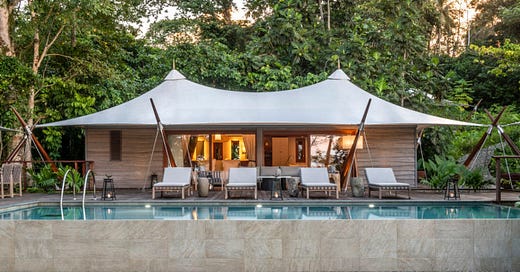


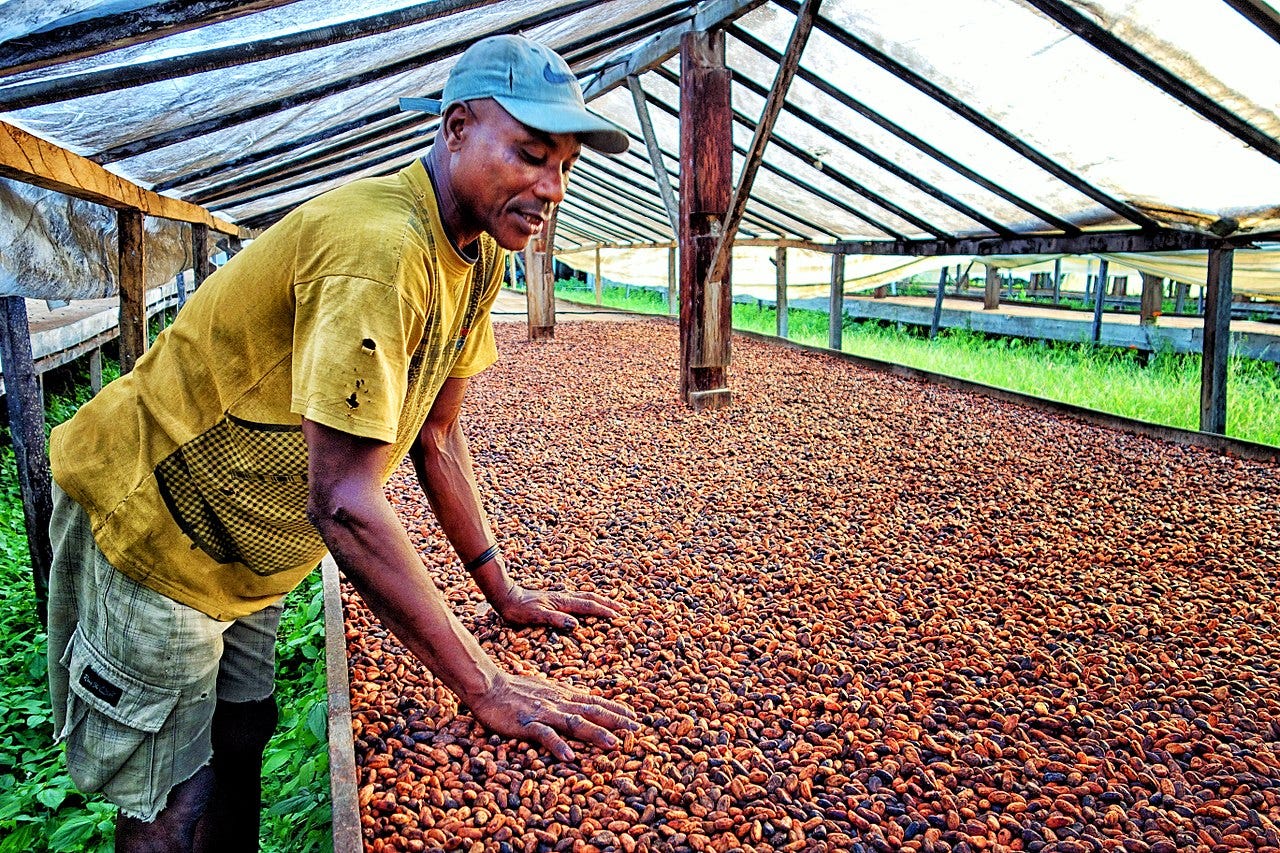



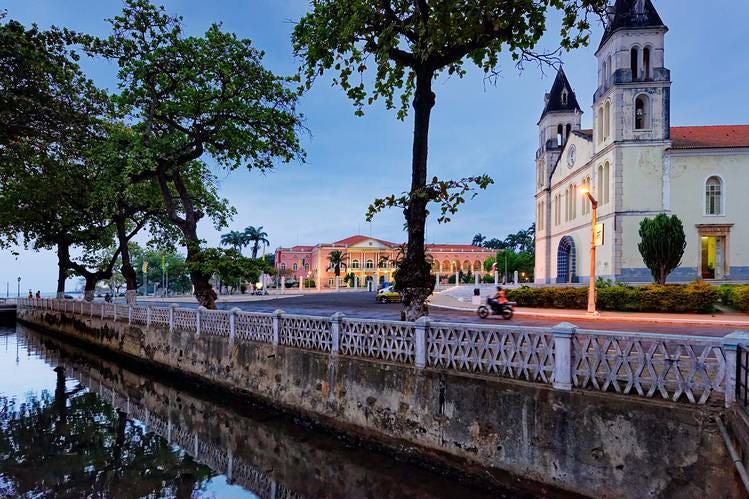
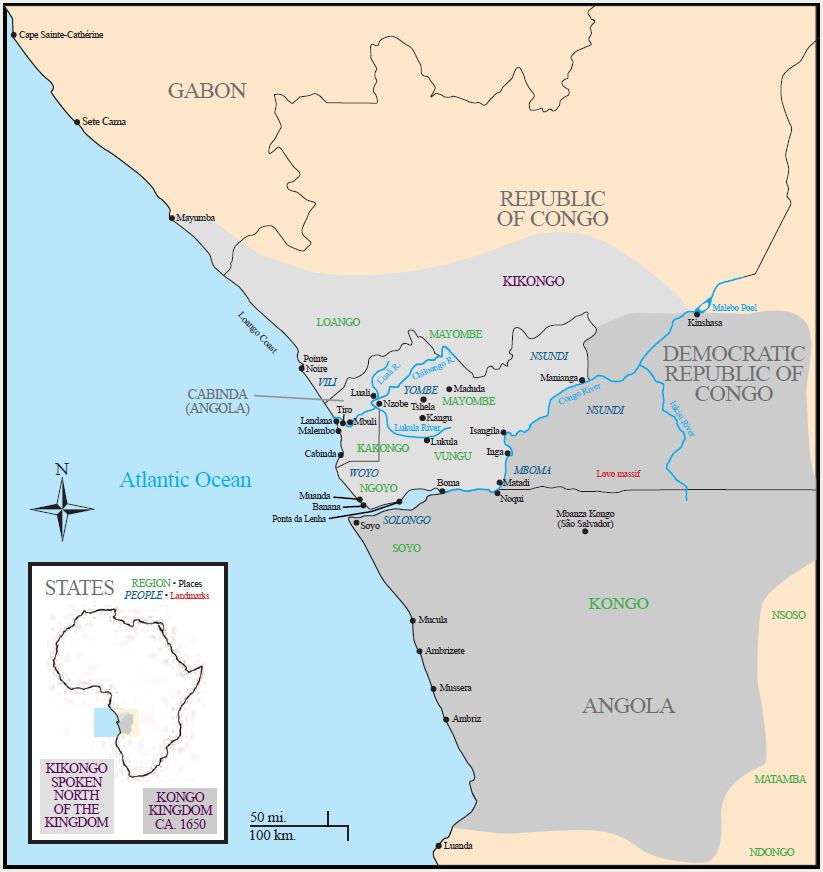

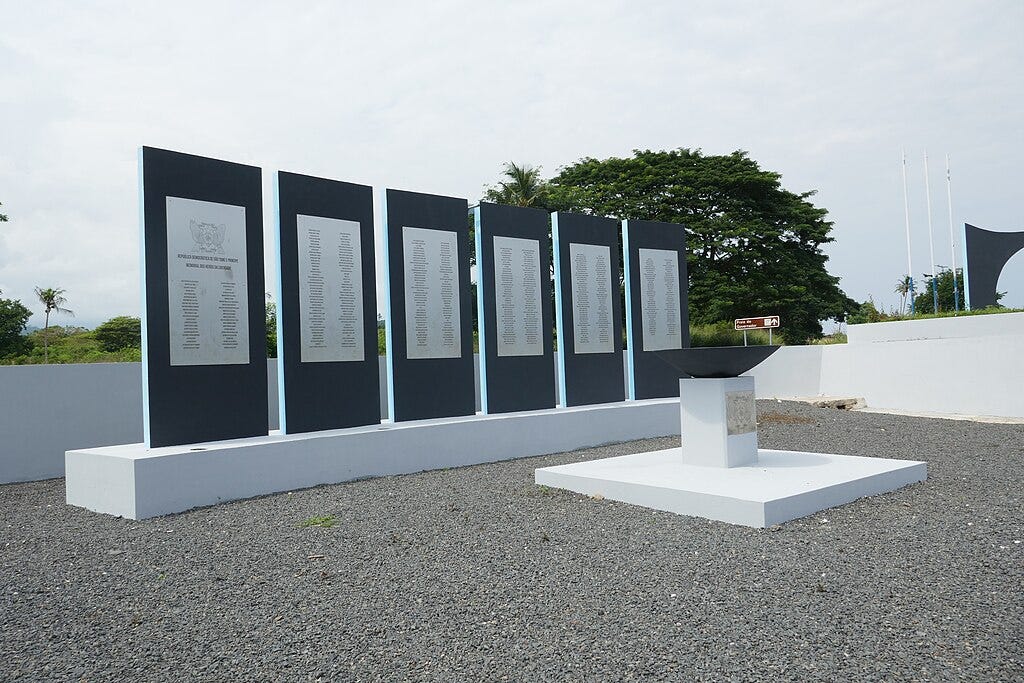
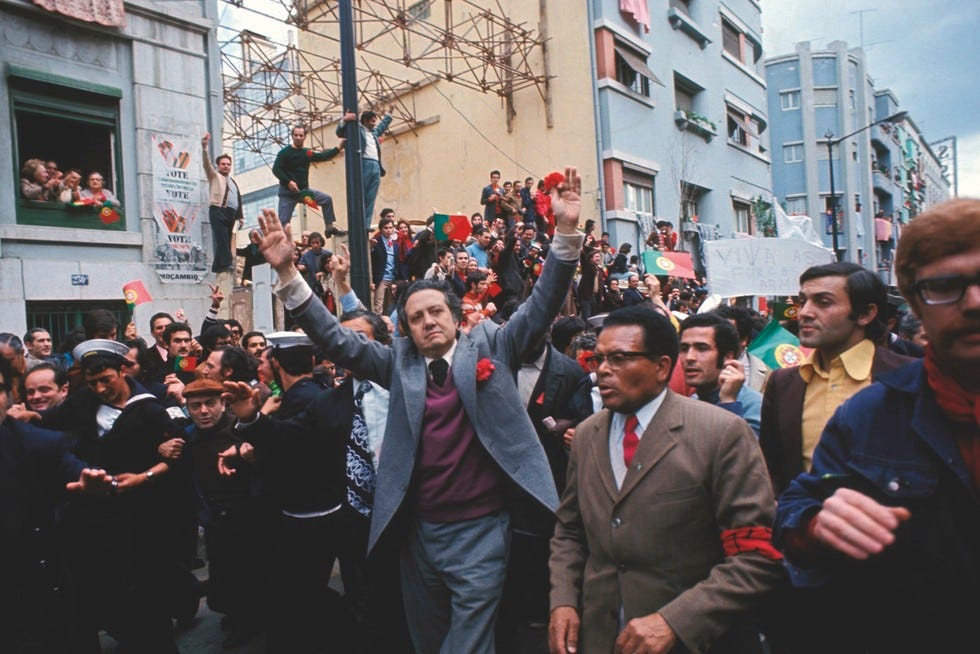


Yaw and Karen, I may not be a fan of the Maverick as a foreign tool, but this article will interest you - https://www.dailymaverick.co.za/article/2024-02-21-angola-unveiling-a-dictatorship-via-new-security-law/
Riveting article.